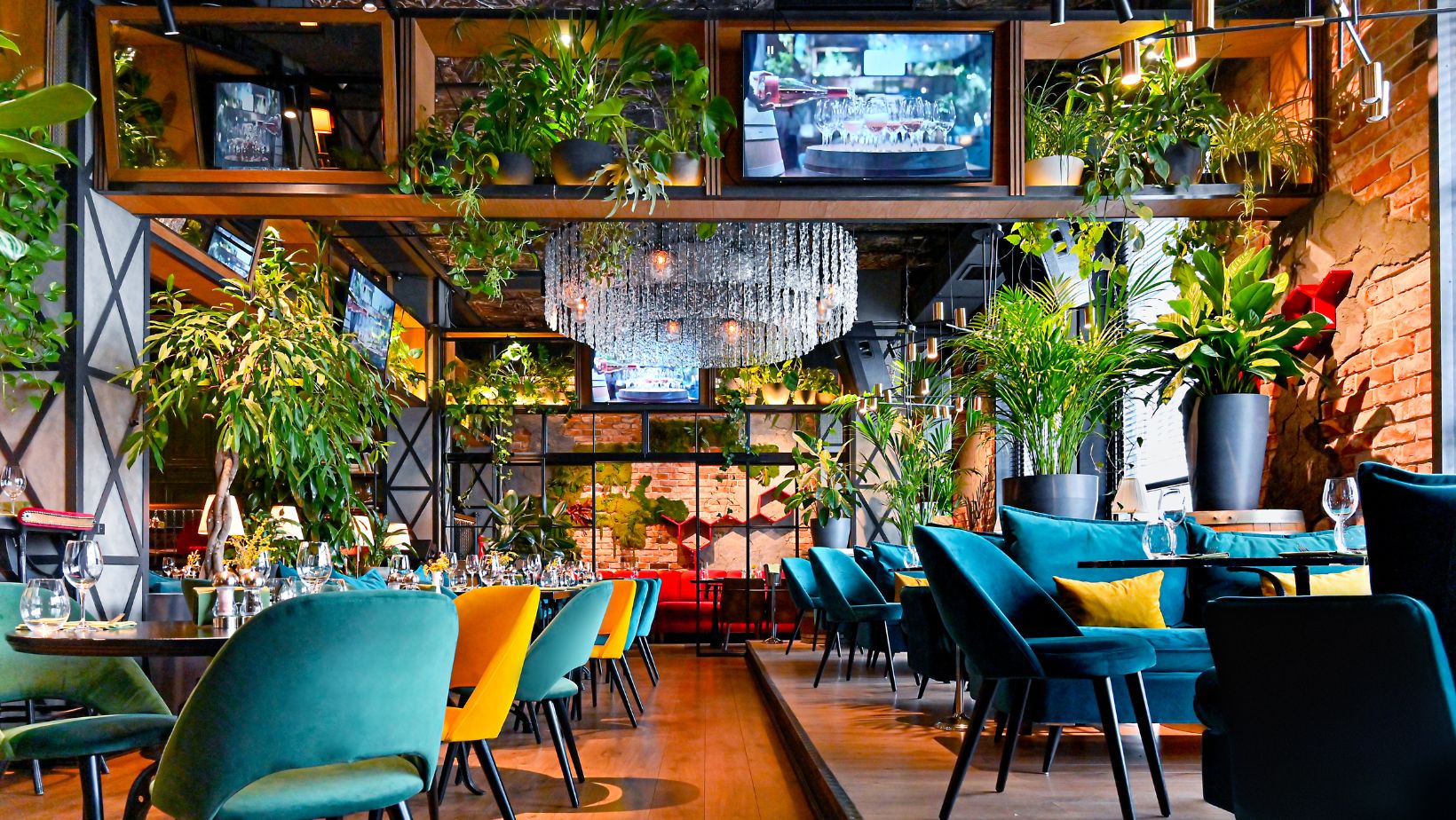Restaurants and Environmental Sustainability

Restaurants, like the rest of society, are adapting to the new era. A few decades ago, menus reflected popular tastes and chefs’ preferences. Depending on the availability of particular commodities throughout the year, some restaurants even offered seasonal menus.
Over time, this environment shifted dramatically, and establishments began expanding their menus and producing more food to suit rising consumer demand. While it may have worked just fine initially, over time, issues started to arise, with the industry becoming increasingly and incredibly wasteful year after year.
When the pandemic happened, people had to reevaluate their spending and consumption habits. And with climate change becoming a serious concern for many and rising inflation, people are looking for ways to become more responsible for the environment, all the while reducing the strain on their wallets.
Nowadays, more and more people are thinking about where their food comes from and how it was prepared. Sustainable practices are becoming increasingly important to chefs and restaurateurs. In the past, for instance, restaurants often disposed of used cooking oil immediately. In this modern era, restaurants that care about the environment are developing methods to purify and reuse spent cooking oil.
Additionally, restaurants are using ingredients previously deemed as ‘undesirable’ and using them to come up with delicious meals. A good example is ingredients like offals and fish heads, which have, in the past, often been discarded during the preparation of meals.
Consumers are also increasingly utilizing their purchase decisions to demonstrate support for sustainable practices. Your money is your vote is the mantra today. Here are some suggestions for taking your restaurant green if you’re at a loss for where to start.
1. Form Alliances With Manufacturers Who Have Similar Morals
Creating a sustainable supply chain for your establishment is the first practical step in incorporating sustainability. This will allow you to establish relationships with trustworthy businesses and vendors. You can learn a lot about a company’s farming and production methods by conducting in-depth interviews with existing and potential suppliers.

Once you’ve decided on the ones that are a right fit for you, you may make regular visits to the factory to check up on their efforts to improve their operations’ social and environmental footprint.
Maintaining a good and positive relationship with the local community is vital for sustainable businesses and their suppliers. Therefore, consider working with vendors who provide local jobs, pay competitive wages, and reduce their environmental impact.
2. Dispose of Your Garbage Properly
You need to find efficient strategies to reduce general waste because it is the most costly type of trash for restaurants to dispose of. Unfortunately, many restaurants are ready to sacrifice their waste’s impact on their immediate environment just to save a few coins. Fortunately, today, numerous startups and initiatives offer a way for restaurants to get rid of their waste at a fair cost without compromising the environmental aspect.
Another way to ensure your food scraps are not wasted is if you measure, weigh, and compost them. The compost pile or garden, if any, could always use a boost from the food scraps, which helps improve the soil quality; hence the produce harvested there. Cardboard and glass can be recycled, and product packaging can be sent back to manufacturers for reuse.

Produce could also be delivered in reusable packaging whenever possible; negotiate this with your suppliers, which they will often be okay negotiating. To lessen the environmental impact of delivering takeaway to customers relaxing at home with their Fairgo casino login to enjoy games online, suppliers are more and more utilizing compostable packaging materials.
3. Make Meals With Seasonal Ingredients
Your business can be more sustainable and ethical by adopting a seasonal menu. This necessitates changing up your menus with the changing of the seasons. Dishes that rely on seasonal ingredients, such as asparagus, can be changed weekly.
You don’t have to limit yourself to seasonal menu rotations; you can even choose to do monthly menu changes. The idea is to serve whatever is in season, as finding the best quality ingredients at a more affordable price will be easier, a win-win situation.
In the event that a particular type of seafood is in short supply, for instance, you could substitute it with another dish. It will be successful if you continue to think outside the box and serve delicious food.
4. Mostly Buy Ingredients From Local Suppliers
Your business will do its part for the environment and the community by using as many locally grown ingredients as feasible. Additionally, customers will appreciate being able to pinpoint the origin of their meals easily.
Now that it’s peak season again, you can stock up on fresh, inexpensive food and devise novel ways to prepare it. You could also use methods like drying and preserving to store them for later. Lastly, you will positively impact the local economy by providing jobs and procuring supplies from reputable vendors.
Final Thoughts
The rise of sustainability as a trend in the restaurant business is encouraging since it shows that people care about protecting the planet and leading a more environmentally-conscious, intentional life. That won’t change any time soon, but if you follow the advice above, you can run a thriving, sustainable restaurant.
-
Personal Finance8 months ago
How Do I Find My UCAS ID Number?
-
Success6 years ago
Consistency: The Key Ingredient to Success
-
Uncategorized8 months ago
What Does Conditionally Approved Mean For An Apartment?
-
Motivation3 years ago
How To Become a More Organized Person?
-
Others4 years ago
Work Health and Safety: 8 Reasons to Maintain a Clutter-free Office
-
Entrepreneurs4 years ago
Why Diversity is Key in Business Marketing
-
HK Pools8 months ago
The HK Pools Forum Comunity Jos Markotop 2D Warna Kuning – A Great Way to Stay Connected
-
Sport1 year ago
What Makes Soccer Betting So Great?



























